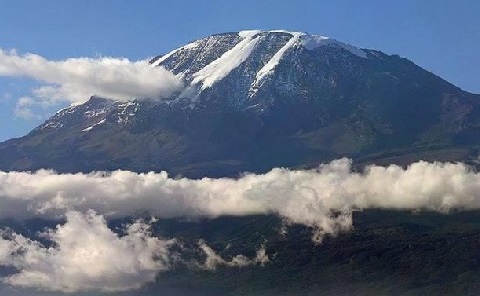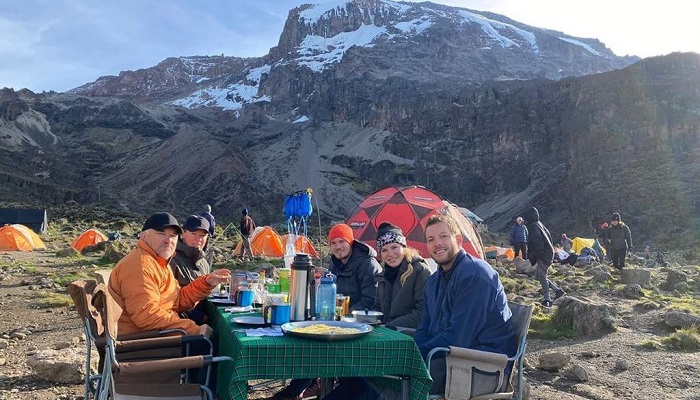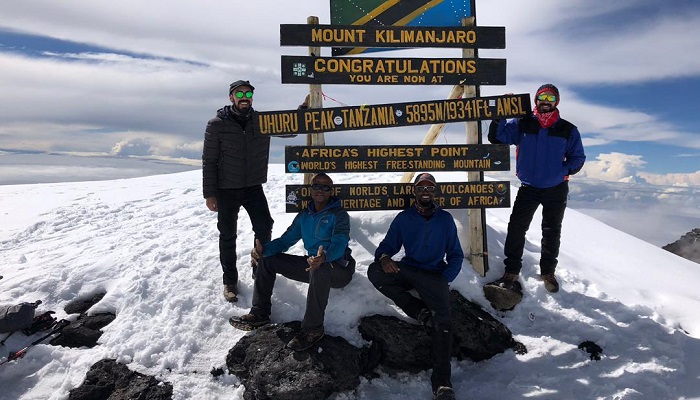
About Kilimanjaro
Mount Kilimanjaro is Africa’s tallest mountain {about 5,895 meters (19,340 feet)}. Located in Tanzania, Kilimanjaro Region. It is the largest free-standing mountain rise in the world, meaning it is not part of a mountain range.
Mount Kilimanjaro also called a stratovolcano (term for a very large volcano made of ash, lava, and rock), Kilimanjaro is made up of three cones( these are: Kibo, Mawenzi, and Shira). Kibo is the summit of the mountain and the tallest of the three volcanic formations. While Mawenzi and Shira are extinct, Kibo is dormant and could possibly erupt again. Scientists estimate that the last time it erupted was 360,000 years ago. The highest point on Kibo’s crater rim is called Uhuru, the Swahili word for “freedom.” The mountain is also known for its snow-capped peak.
Kilimanjaro has become a popular hiking spot for locals and tourists since 1889, after German geographer Hans Meyer and Austrian mountaineer Ludwig Purtscheller became the first people on record to reach the summit of Kilimanjaro.
In 1973, the mountain and its six surrounding forest corridors were named Kilimanjaro National Park in order to protect its unique environment. The park was named a United Nations Educational, Scientific and Cultural Organization (UNESCO) World Heritage site in 1987. A variety of animals live in the area surrounding the mountain, including the blue monkey (Cercopithecus mitis).
Climbing Kilimanjaro is unique for many reasons, and one of these is that from origin to summit, climbers find themselves weaving through several distinct climate zones. It is said that the journey from the gate to the peak is like traveling from the equator to Antarctica in a matter of days! Mount Kilimanjaro has five major ecological zones, each approximately 3,280 feet (1,000 m) in altitude. Each zone is subject to a corresponding decrease in rainfall, temperature and flora/fauna as the altitude increases.
KILIMANJARO PACKAGE

5 Days Marangu Route
From
$ 1870
per person

7 Days Machame Route
From
$ 2530
per person

8 Days Lemosho Route
From
$ 2630
per person
Kilimanjaro Climbing Routes
Popular Kilimanjaro Climbing Itineraries

5 Days Marangu Route
From
$ 1870
per person

7 Days Machame Route
From
$ 2530
per person

8 Days Lemosho Route
From
$ 2630
per person